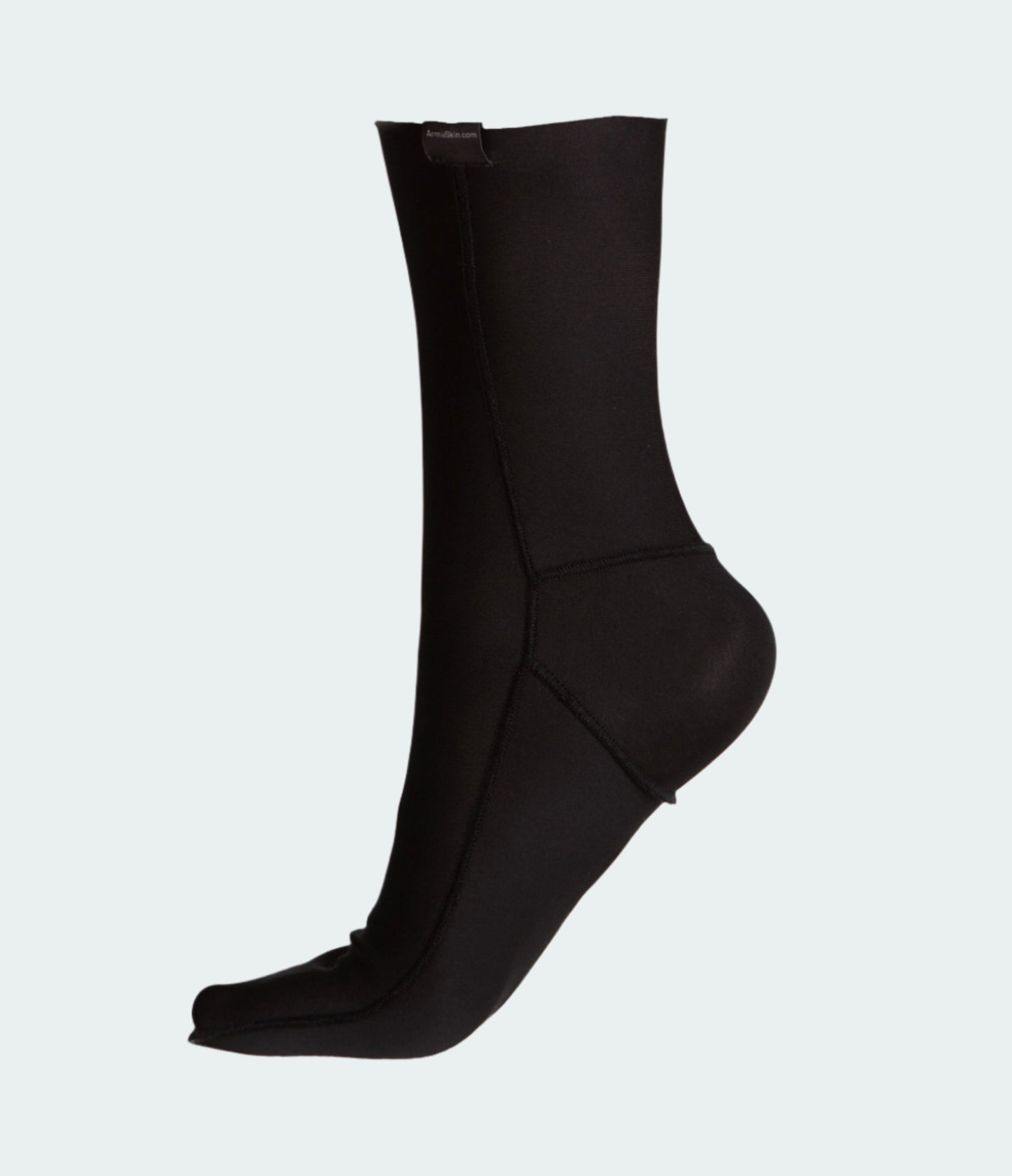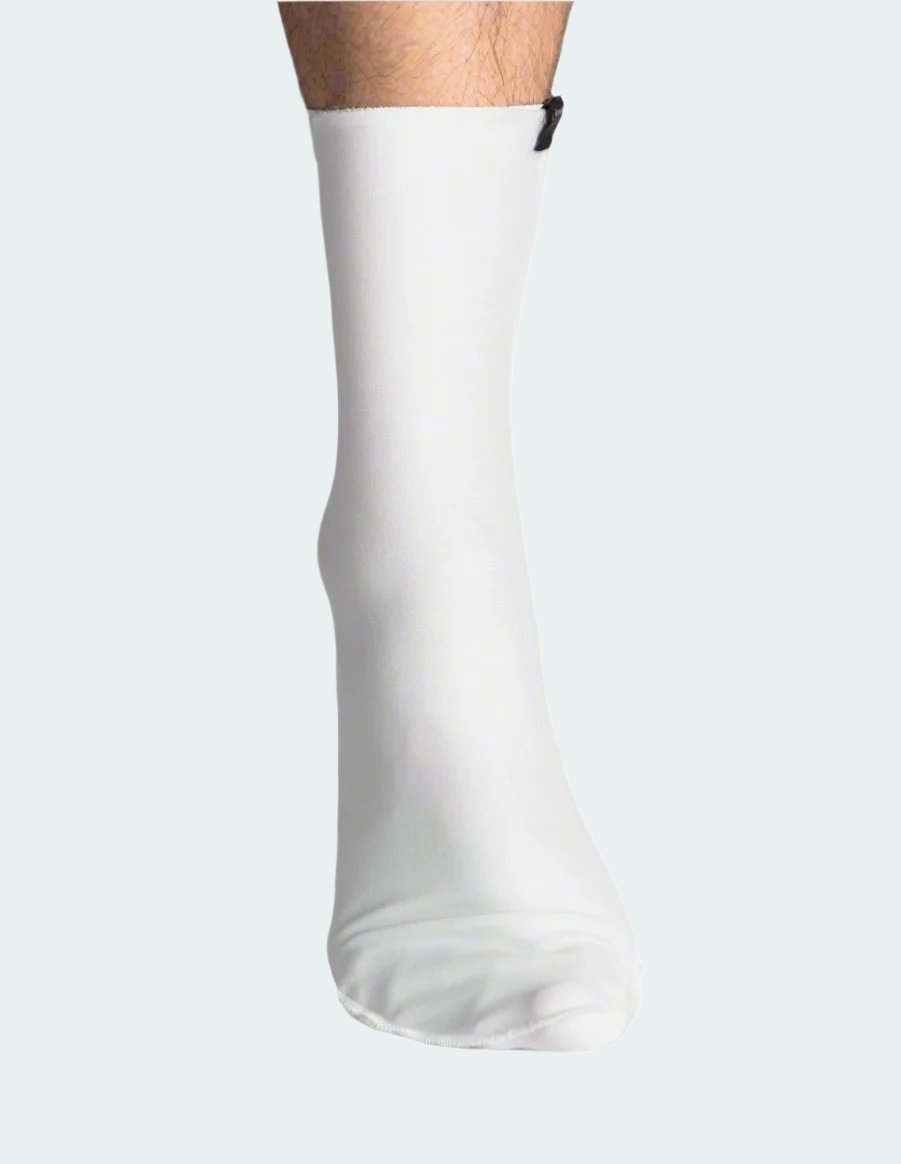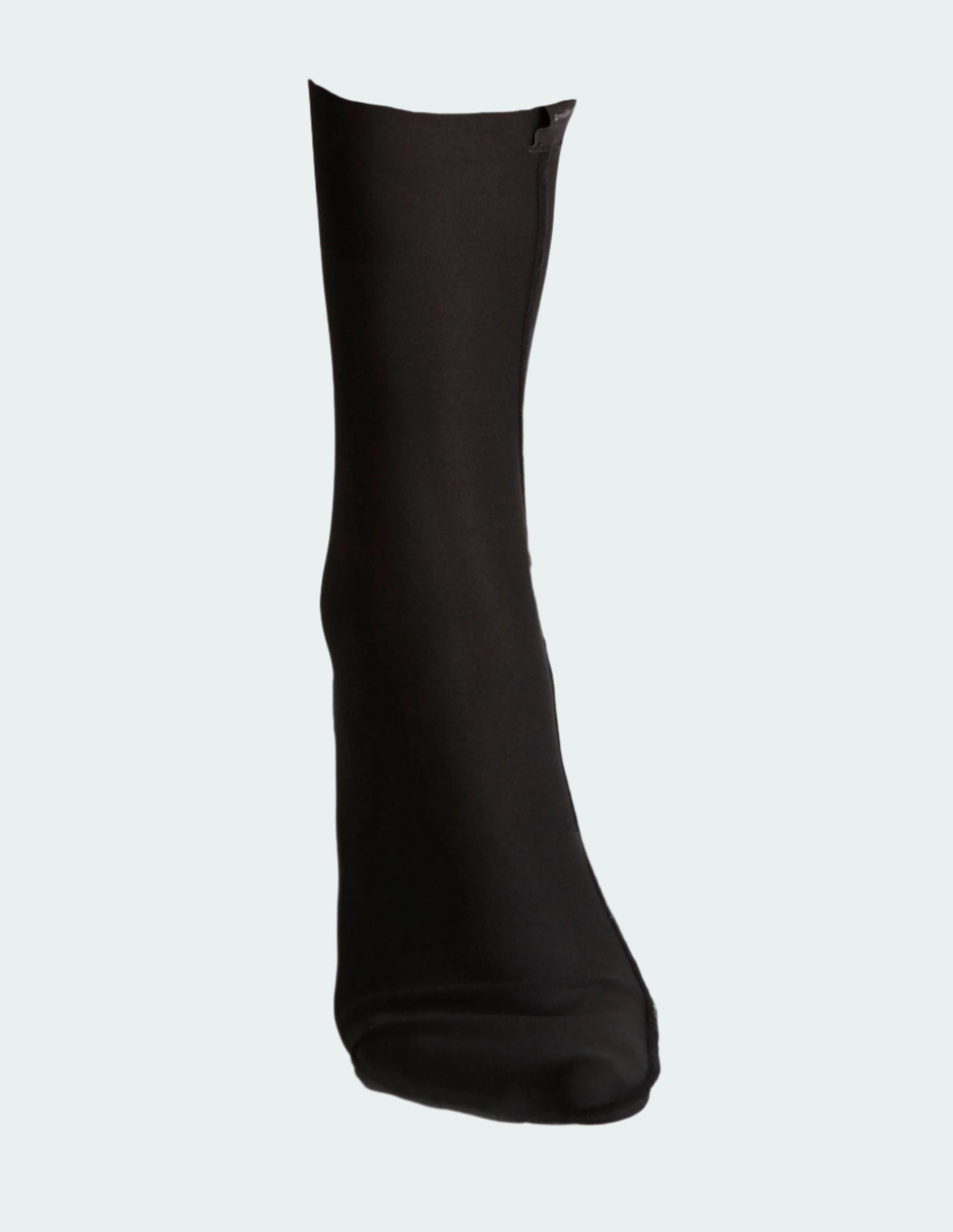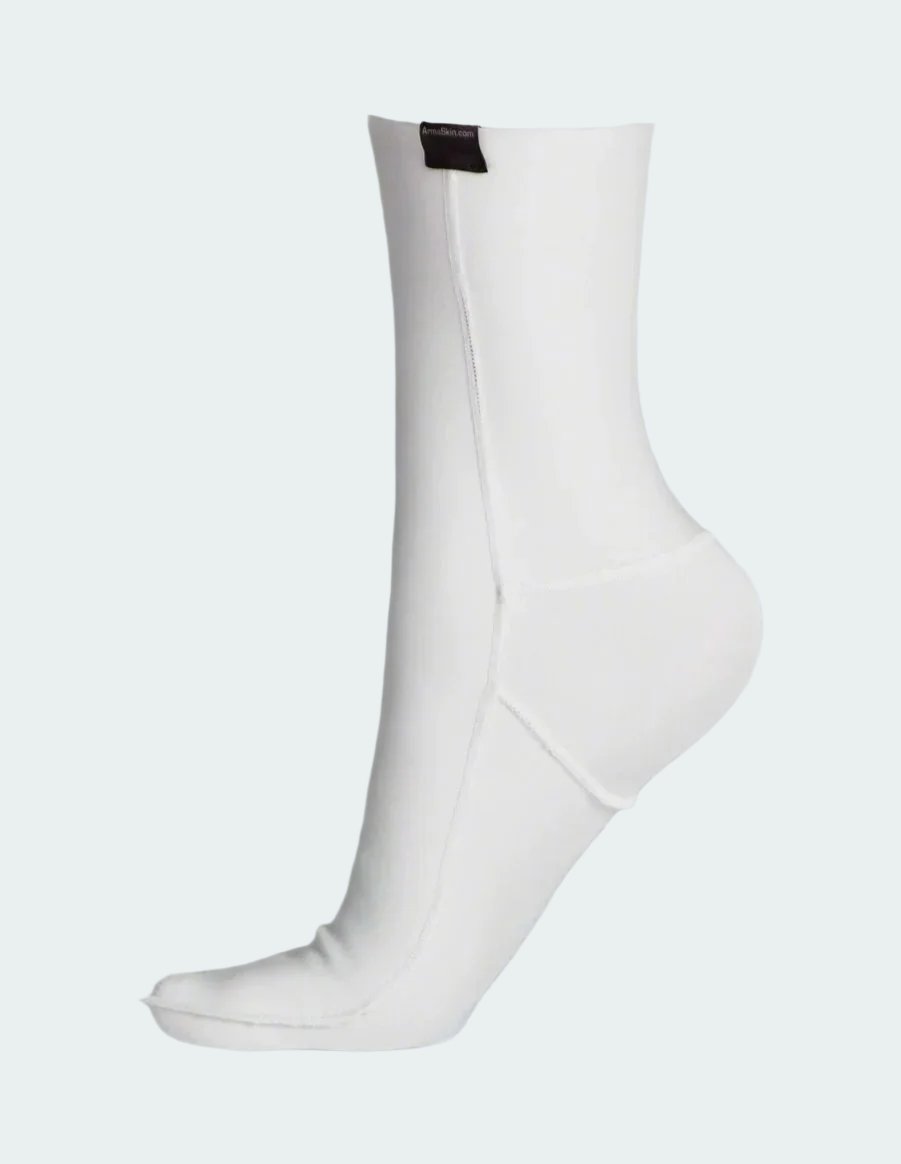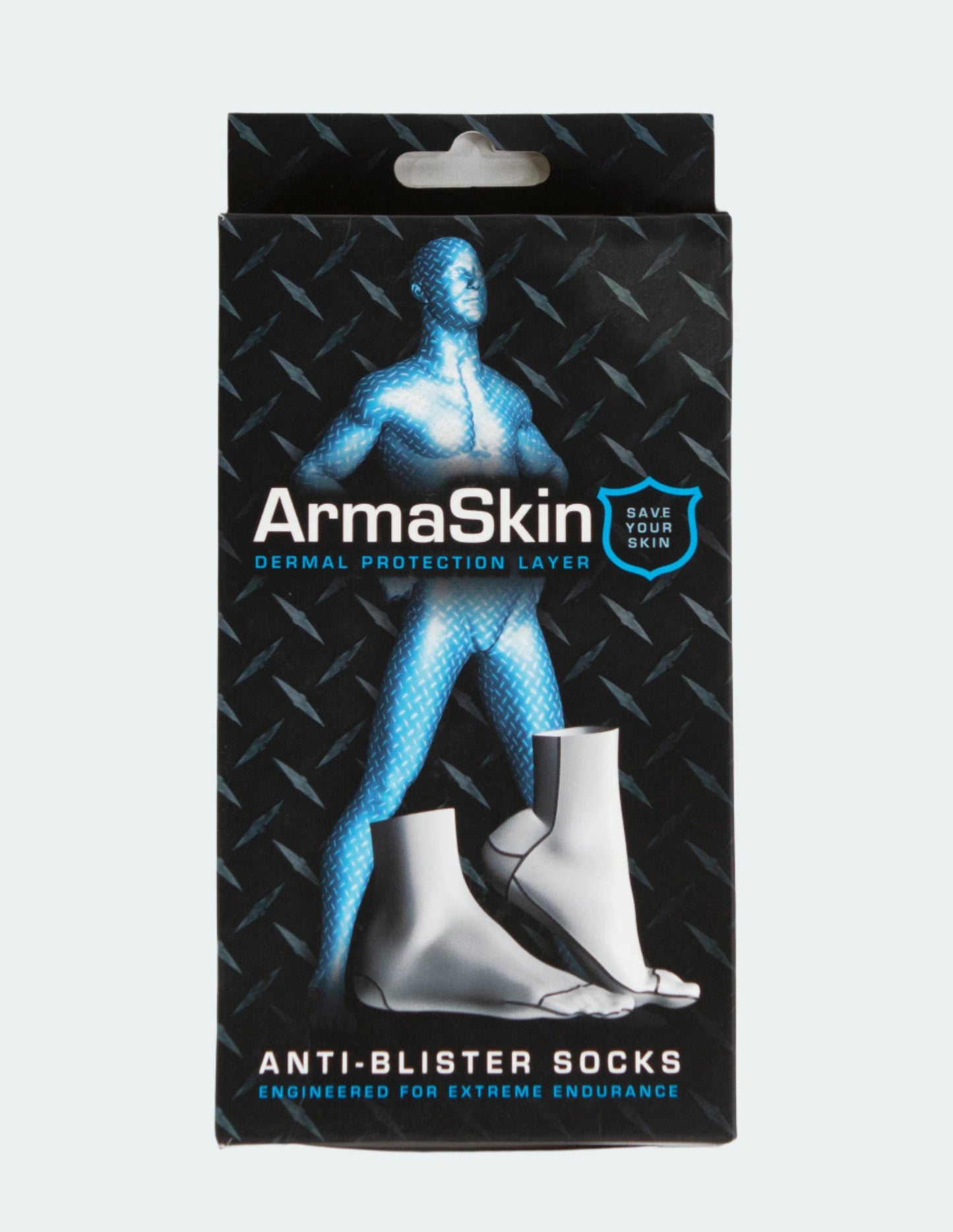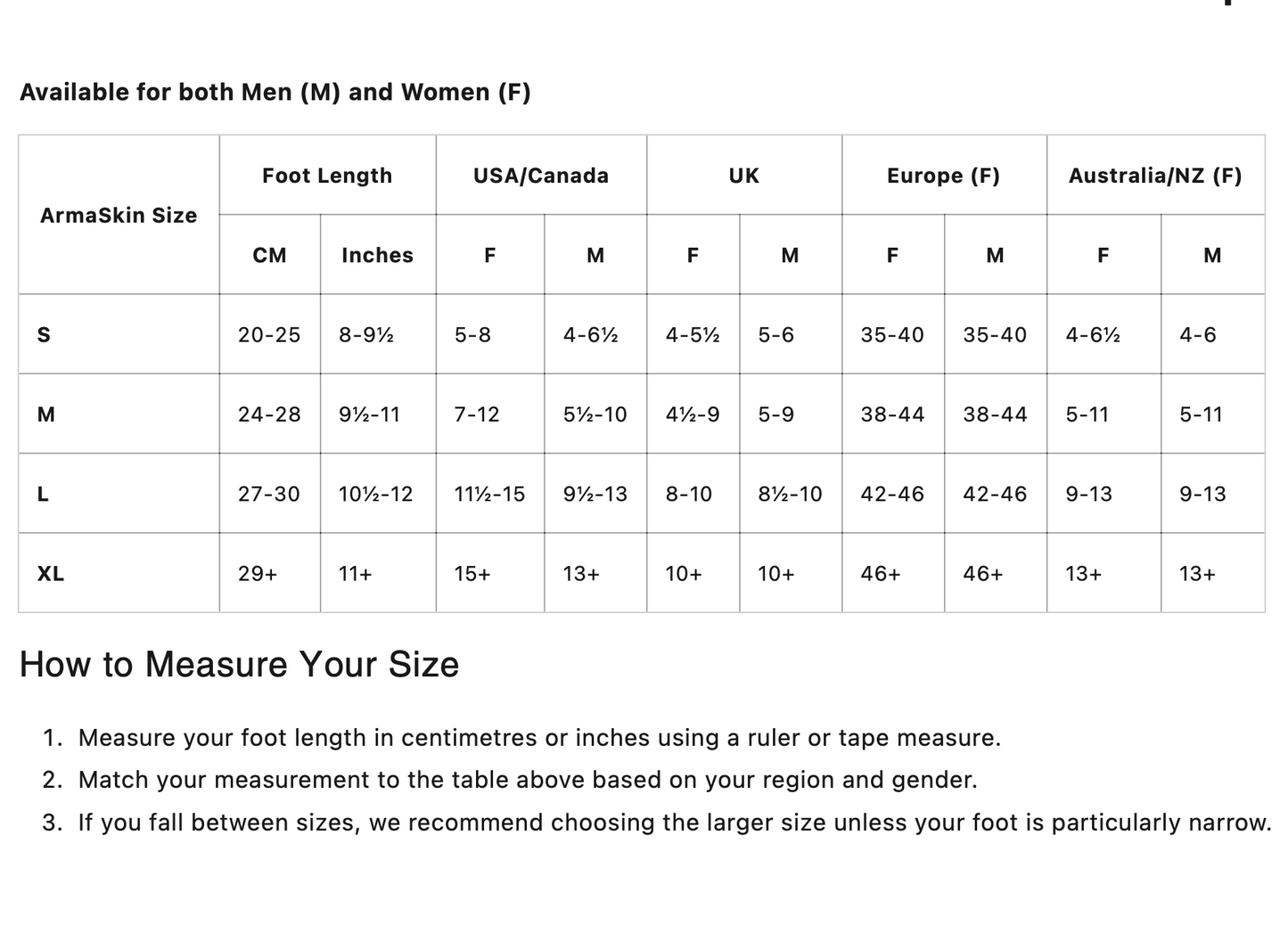
Blisters can be a hiker’s or runner’s worst enemy, turning an enjoyable adventure into a painful ordeal. This blog comprehensively explores numerous avenues that contribute to blisters and what steps can be taken to reduce risk thus delivering more trouble free outings.

Understanding Blisters
Blisters are formed within layers of skin due to shear forces degrading the connections between those layers. Initially this may be experienced as a hotspot. However when the connection is broken remedial fluid fills the void and becomes noticeable as a bubble of fluid ie your blister.

The shear forces are caused by your movement, be it walking or running. They are distributed from the point where your flesh is connected to bones in your foot through to the internal surface of your shoe.
Blisters are common among hikers and runners, especially during long-distance or high duress activities such as significant distances, inclines, declines and when carrying heavy loads such as when doing military rucking.
Don’t Let Blisters Slow You Down!
Discover the ultimate solution with ArmaSkin Anti-Blister Socks. Designed with advanced friction-reducing technology, these socks keep your feet dry, comfortable, and blister-free – no matter the challenge.
Shop NowInterestingly a preponderance of blisters occur around a 2-4 hour or 8-12 km point when feet start their natural process of swelling.
The key to preventing blisters lies in firstly Minimising Shear Forces and secondly Managing Shear Forces effectively.
Minimising Shear Forces
You can reduce the amount of energy that you are pushing into those skin and muscle layers to move you along. The less energy being pushed inside the shoe the better.
-
Reduce Pack Weight: Carrying a lighter pack reduces the overall strain on your feet, which can help minimize shear forces. Aim to pack only essential items and use lightweight gear.
-
Use Trekking Poles: Trekking poles help distribute effort more evenly across your body, reducing the load on your feet and minimizing shear forces.
-
Optimize Your Gait: Focus on maintaining a smooth and efficient walking or running gait. Avoid abrupt movements.
-
Wear Gaiters: Gaiters can prevent debris like sand, dirt, and small rocks from entering your shoes, which can cause friction and increase shear forces.
-
Adjust Your Stride: Shortening your stride can help reduce the impact and shear forces on your feet, especially when walking downhill.
-
Choose the Right Terrain: Whenever possible, choose trails with softer surfaces like dirt or grass over hard surfaces like asphalt or rocky paths. Softer surfaces reduce the impact and shear forces on your feet.
-
Maintain Proper Posture: Good posture can help distribute weight more evenly across your body, reducing the strain on your feet and minimizing shear forces. This includes ensuring your pack is snugly strapped to your back.
-
Take Regular Breaks: Resting periodically allows your feet to recover and reduces the continuous shear forces that can lead to blisters.
-
Hydrate and Nourish: Staying well-hydrated and nourished helps maintain your overall energy levels and reduces fatigue, which can affect your gait and increase shear forces.
Managing Shear Forces
The energy you use to move along is pumped into your feet between bones and shoe. That energy and movement is what stresses the skin layers. But there is more going on inside the shoe. There are also sock layers and air gaps as well as a continuous flow of sweat and variations in temperature.
But first let's cover the importance of shoe selection and lacing.
- Proper Footwear Fit: Ensuring your shoes fit well is crucial. Shoes that are too tight or too loose can cause friction and pressure points.
- Footwear sizing for the trail: When selecting shoes allow for room for your feet to naturally swell when on the trail. This means sizing up by half to a whole size.
- Breaking in Footwear: New shoes should be broken in before embarking on long hikes or runs to avoid stiffness and pressure points.
- Appropriate lacing: There are many options for lacing however a primary approach is to ensure that your foot is held firmly across the ankle to limit potentially damaging toe bang should your foot slip forward and contact the hard inner shoe. This is especially relevant on downhill runs.
- Innersole selection: Custom insoles or orthotics can provide better support and reduce the movement of your foot within the shoe, minimizing shear forces.
Now let's move within the shoe. This is where all the action is.

-
Layer Your Socks: Wearing a thin liner sock under a thicker hiking sock reduces drag between the sock and the skin. Liner socks, such as ArmaSkin, are very thin and designed to fit snugly against the skin. Preferably with a smooth outer surface like ArmaSkin, they create an interface that offsets movement away from the skin to the smooth outer surface of the liner sock.
-
Choose Moisture-Wicking Socks: Socks that wick moisture away from your skin help keep your feet dryer, reducing the risk of blisters caused by damp conditions which can weaken the skin. The worst case is trench foot. Importantly ArmaSkin is also efficient at wicking as its internal surface, treated with silicone, doesn't hold moisture.
-
Choose Outer Socks With Cushioning: Outer socks that provide cushioning will help absorb some of the shear forces. The cushioned outer sock acts as a buffer, absorbing and dissipating shear forces that would otherwise be transferred to the skin. This outer layer allows the foot to move as a unit within the shoe, reducing the relative motion between the skin and the shoe1. A good outer sock selection also provides comfort and assists in temperature control.
- Keep Feet Dry: If you can, change socks regularly. Any moisture increases friction and the likelihood of blisters.
Comparing ArmaSkin to Other Popular Blister Prevention Products
- Blister Pads and Tapes: Require frequent reapplication and can macerate the skin.
- Moisture-Wicking Socks: Do not in themselves provide only a limited amount of shear force reduction.
- Blister Prevention Creams and Powders: Need frequent reapplication.
- Hydrocolloid Dressings: Are localised and can be bulky and may not stay in place.
- Specialized Blister Kits: Generally seen as for use when hotspots or blisters are already occurring and while a good precaution they can be cumbersome to carry.
Conclusion:

We have covered a comprehensive approach to blister prevention by reducing your overall effort, carefully selecting footwear and finally creating deliberate non skin-related layers that can dissipate shear movement. We have also highlighted the key functions of an effective liner sock such as ArmaSkin.
If you want to try ArmaSkin for your blister prevention go to armaskin.com and use code blog20 to get a 20% discount on your first purchase.
We wish you blister free adventures.
Thanks to Hayley of Set To Hike and Kaylyn who sets a Pretty Pace for the pics.








